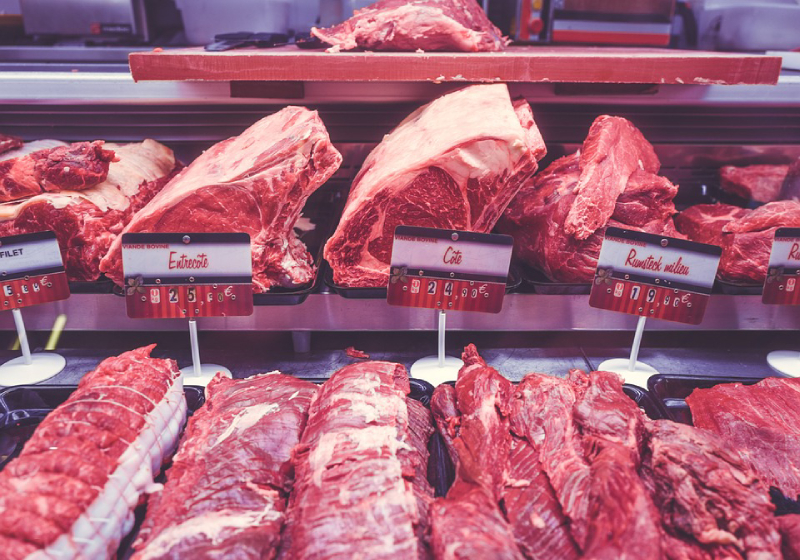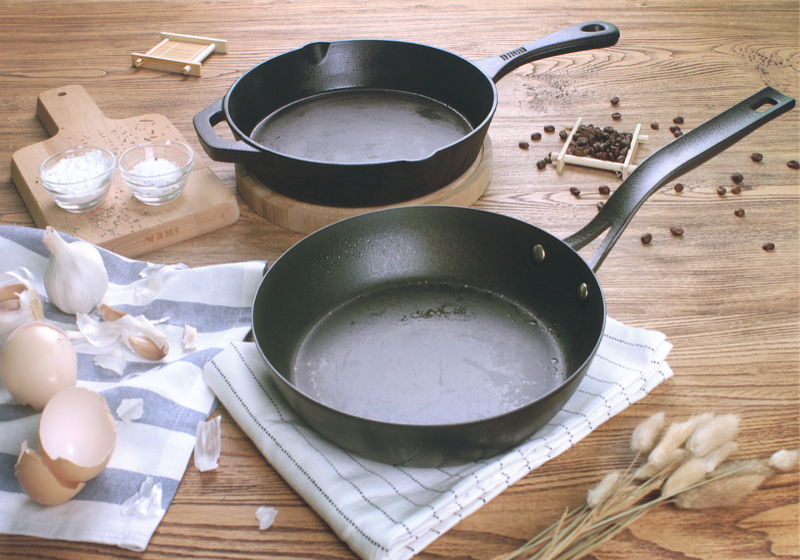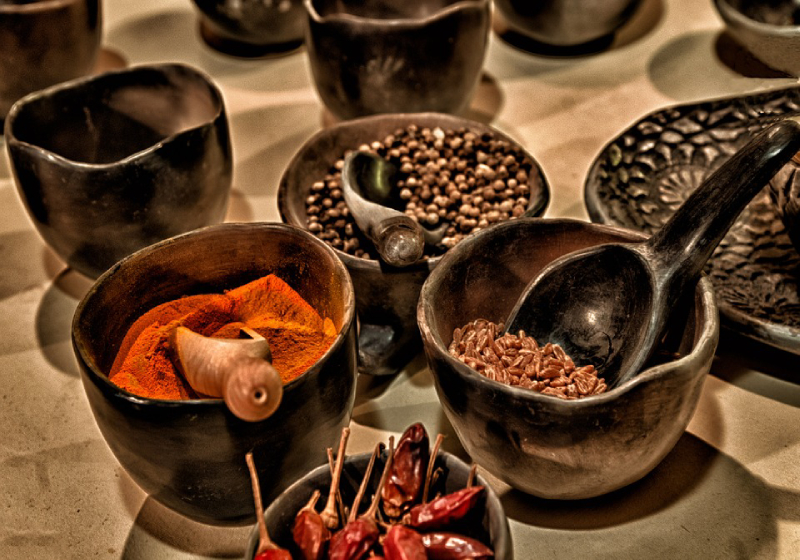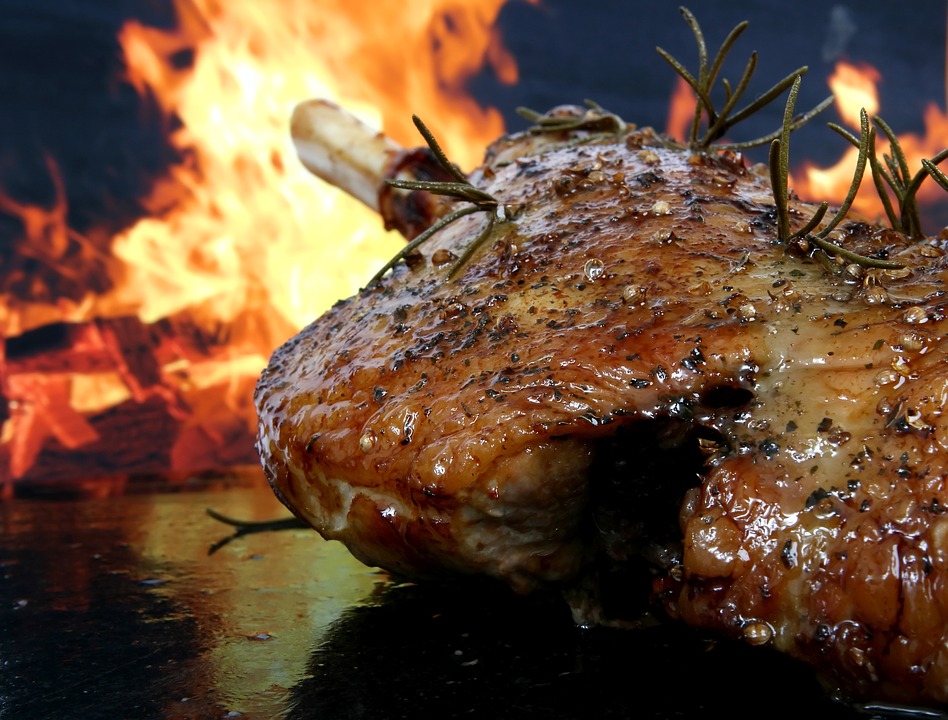8 tips to achieve juicy beef steak at home

When it comes to cooking, many people think that steak is one of the hardest things to get right. But it’s possible to cook a good steak yourself in your kitchen.
All you need is your favourite cut, a cast iron skillet, oils and seasonings, and a pair of long-handled tongs.
Attention to ingredients and timing will ensure that you get your steak’s doneness to your liking. Here are some tips for cooking the perfect steak, whichever cut you prefer.
1. CHOOSE YOUR PREFERRED CUT

The cut of steak you use will affect the flavour and tenderness. Apart from the well-loved sirloin, rib-eye, and fillet, there are other underrated steaks that also deliver in terms of flavour and texture.
The flat iron steak is especially flavourful with loads of fat marbling and a smooth texture. It also comes in a size that leaves you satisfied. Just be sure to remove the tough muscle in its centre.
Common types of cut include:
Fillet: This is prized as the most expensive cut because it is the most tender and demand for it is high. It has little fat, and is best eaten rare.
Sirloin: Sirloin comes from the back of a beef animal, behind its ribs but ahead of the rump area. It’s often quite lean, with little fat content. Like the fillet, this is considered a prime steak because it is lean but tender, particularly when cooked to medium-rare.
Rib-eye: Ribeye steaks are cut right from the rib area of the animal. They’re usually fattier than other steaks. Be it boneless or on the bone, ribeye tastes best medium rare.
T-bone: Best option for sharing because the portion is thick and large enough to feed more than one person, T-bone steak is best seared or grilled fast, then finished in the oven so that it is cooked evenly.
2. DON'T SKIMP ON THE PREP WORK
Before you start, allow your steak to thaw to room temperature about an hour prior to cooking. Grilling it when it is cold prevents the heat from reaching the middle effectively.
Make sure that your pan or skillet is very hot before you begin as this helps to caramelise the meat while keeping the crust crisp.
3. CHOOSE THE RIGHT EQUIPMENT

A cast iron skillet or thick-based frying pan will deliver the best results as they can get really hot and retain their heat well – ideal for attaining the charred smoky exterior.
The pan should be roomy enough so that your steak can absorb heat more efficiently and evenly. Cook in batches or one or two at a time, leaving them to rest as you cook the next batch. Alternatively, you can cook a thicker steak and carve it up into smaller slices.
4. PICK FLAVOURFUL SEASONINGS...

Some people prefer to keep seasoning to a minimum (just salt and pepper) so that the original flavour of the beef doesn’t get overpowered.
Seasoning your steak with salt before cooking doesn’t draw out the moisture from it. Rather, it gives your steak enough time to absorb the salt so that it’s more evenly seasoned. A rough guide: You should salt your steak two hours ahead for every one centimetre of thickness.
Another way of enhancing the flavour of your steak is by marinating it for about fifteen to twenty minutes before cooking, which also makes your meat more tender. Balsamic vinegar, or a coat of honey and mustard, helps to add a sweet glaze, while a teriyaki or miso marinade gives a more savoury taste.
You may also add garlic cloves and herbs such as rosemary and thyme while the steak is cooking to add a subtle background flavour to your steak.
5. ... AND THE RIGHT OILS
Sunflower, vegetable, canola or groundnut oil work best when you're grilling the steak because they're flavourless and won't overwhelm the original taste of the beef. For flavour, add some butter to the pan once the steak starts to sear. And if you're cooking sirloin steak that comes with a strip of fat, sear the fat first, then cook the meat in the fat to enhance the taste.
When searing, the oil should spit in the pan but not smoke.
6. SEAR EVENLY
The goal is to sear your steak until you get a caramelised brown crust. To do that, first make sure the pan and the fat are properly hot. Some might sear the steak on one side, then the other for the same amount of time. However, this means the second side might not be as nicely seared as the first.
To get an even crust on both sides, cook the steak for the total amount of time as stated in the recipe, but turn it over every minute or so.
7. TIMING IS KEY

Before calculating the cooking time required, first consider the weight and size of your steak. Be it a thick juicy sirloin or a soft fillet steak, in order to attain your preferred doneness you need to pay constant attention when cooking, because you only have a few minutes before your steak turns from rare to well-done.
After placing the steak on a well-heated pan, aim to cook it medium-rare to medium - any longer and your steak will become too tough.
As a general guide, for a three centimetre-thick fillet steak, medium-rare takes about three minutes to cook on each side (and four and a half minutes for medium); while a two centimetre-thick sirloin steak takes two minutes to cook on each side if you want it medium-rare (and about two and a half minutes for medium).
8. TRY THESE TIPS FOR EXTRA FLAVOUR
After your steak is cooked, leave it to rest for two to five minutes. The resting time allows the oil to seep into the meat, making it juicy and tender.
If all you need to enjoy your steak is just the juicy beef fat, then keep it simple by rubbing some olive oil all over your steak and add a pinch of sea salt and cracked black pepper. You could also rub half a garlic clove over your steak each time you turn it, or add a little savoury-sweetness by rubbing butter over it.
This article was first published in Her World Online.